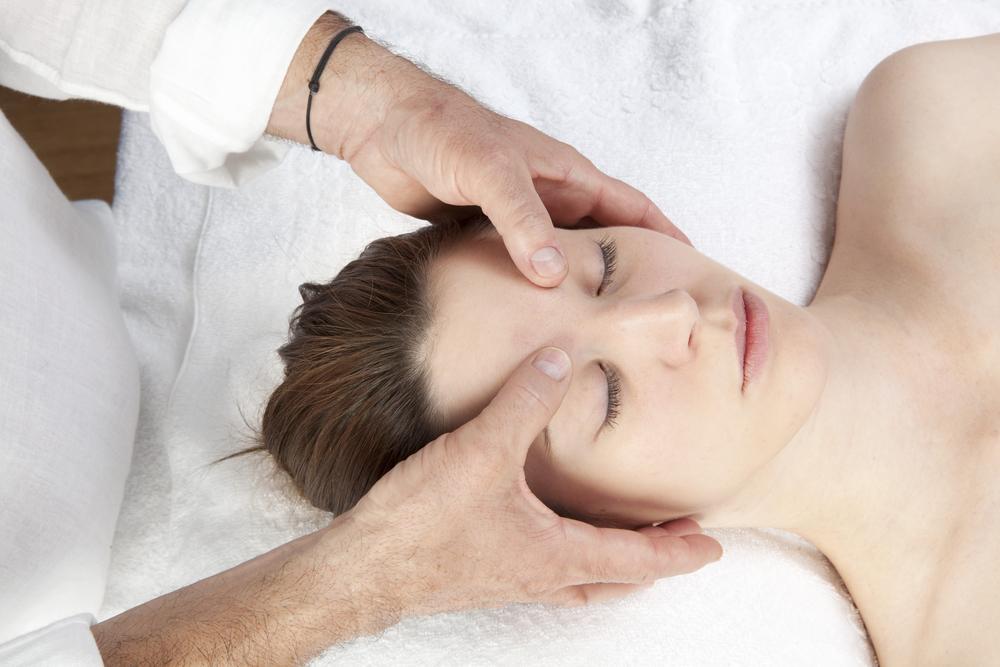Comprehensive Guide to Migraine Management: Causes, Prevention, and Treatment Strategies
This comprehensive guide covers everything you need to know about managing migraines, including causes, triggers, preventive strategies, and effective treatment options. Learn how lifestyle changes and medications can help reduce the frequency and severity of migraine attacks, improving quality of life for sufferers. Whether experiencing occasional migraines or chronic episodes, this article offers valuable insights into effective management methods tailored to individual needs.

Comprehensive Guide to Migraine Management: Causes, Prevention, and Treatment Strategies
A migraine is a complex neurological disorder that manifests as severe head pain, often localized to one side of the head, significantly impacting daily life. Characterized by episodes of intense headaches, migraines are the result of abnormal neurological activity involving blood vessels and nerve pathways. The condition affects millions worldwide, ranging from occasional episodic attacks to chronic migraines occurring up to 15 days or more each month. Understanding the underlying mechanisms, triggers, and effective treatment options is crucial for managing this debilitating condition effectively.
Typically, migraine episodes can last anywhere from four hours to three days, with their severity varying among individuals. While the precise causes of migraines remain unclear, several factors are known to contribute to the onset of attacks, including genetic predispositions, hormonal fluctuations, environmental influences, and lifestyle habits. Stress, inadequate or disrupted sleep, certain foods, and specific sensory stimuli are common triggers that can set off a migraine episode in susceptible individuals. Recognizing these factors plays a vital role in prevention and control.
Some migraine sufferers experience an aura prior to the headache, which includes visual disturbances such as flashing lights, blind spots, or zigzag patterns. These neurological symptoms can serve as warning signs for an impending migraine attack. Dietary habits also have a significant influence; foods like aged cheese, nuts, foods with added MSG, chocolates, and alcohol are common migraine triggers. Lifestyle modifications are often necessary to minimize attacks and improve quality of life.
Preventive Strategies for Migraine Relief
Effective migraine management involves a combination of lifestyle adjustments and medical interventions. Preventive measures include applying cold packs or ice to painful areas to reduce inflammation and nerve activity. Elevating the head with large, supportive pillows can alleviate pressure. Resting in a quiet, dimly lit room minimizes sensory stimulation that may worsen symptoms. Maintaining stress management routines through practices like meditation, yoga, or deep breathing exercises helps reduce attack frequency. Identifying and avoiding known triggers—certain foods, caffeine, alcohol, bright lights, or strong odors—is essential to prevent attacks. For individuals experiencing frequent, severe, or disabling migraines, these preventive practices should be integrated with appropriate medication strategies for optimal relief.
Medication Options for Migraine Treatment
For immediate relief during a migraine attack, over-the-counter (OTC) analgesics such as aspirin, ibuprofen (Advil), naproxen, and acetaminophen (Tylenol) are widely used. However, caution is necessary to avoid overdose, which can lead to stomach ulcers and bleeding complications, especially in individuals with gastrointestinal issues or bleeding disorders. Tylenol presents a safer choice for some patients but should be avoided by those with liver problems or heavy alcohol consumption.Combination medications like Excedrin Migraine, containing acetaminophen, aspirin, and caffeine, offer enhanced relief during acute attacks. For rapid and targeted treatment, abortive therapies such as triptans—including sumatriptan, zolmitriptan, and rizatriptan—are highly effective. These medications work by constricting blood vessels and blocking pain pathways in the brain and are best taken as early as possible in the course of the migraine. Other options include nasal sprays and injectable forms for quick absorption, especially when oral medications are not feasible due to nausea or vomiting.
For individuals with frequent migraines—more than 15 days per month—preventive medications are prescribed to reduce the frequency and severity of attacks. These include beta-blockers like propranolol, calcium channel blockers such as verapamil, antidepressants like amitriptyline, and anticonvulsants such as topiramate. Proper medication management requires ongoing consultation with healthcare providers to tailor treatments based on individual response and side effect profiles.
Since migraines respond variably to different treatments, a trial-and-error approach often becomes necessary to identify the most effective combination of lifestyle changes and medications. Consistent trigger avoidance, adherence to prescribed therapies, and regular medical follow-up are key components of a comprehensive migraine management plan.





